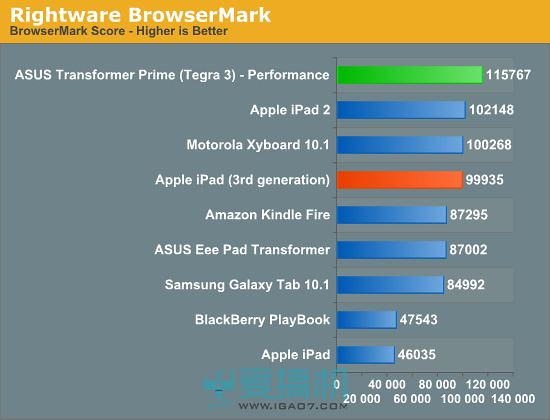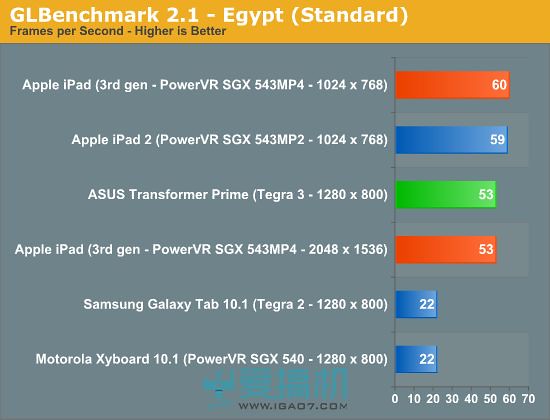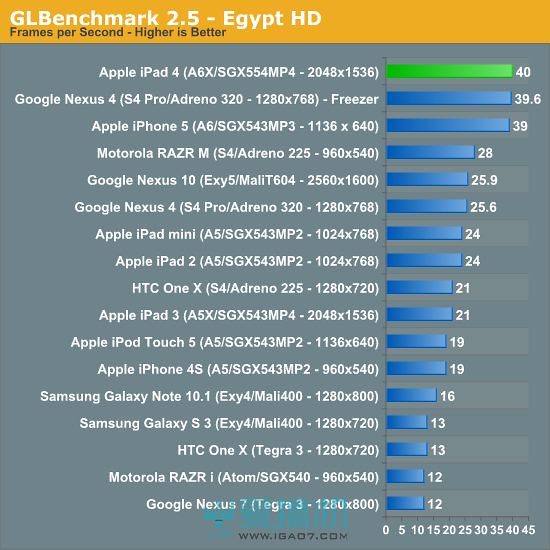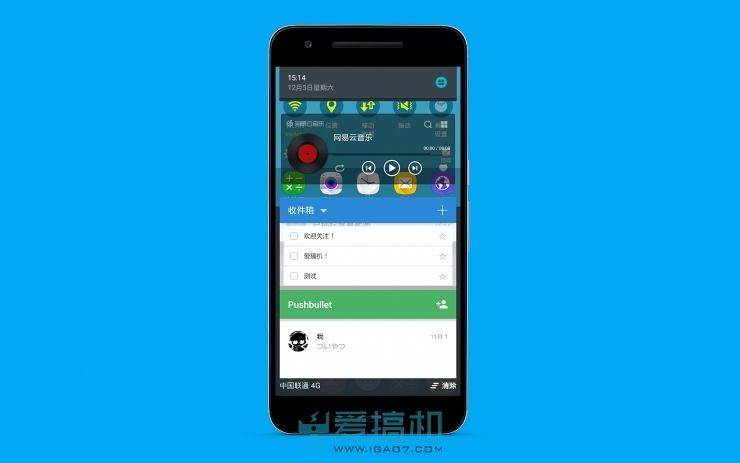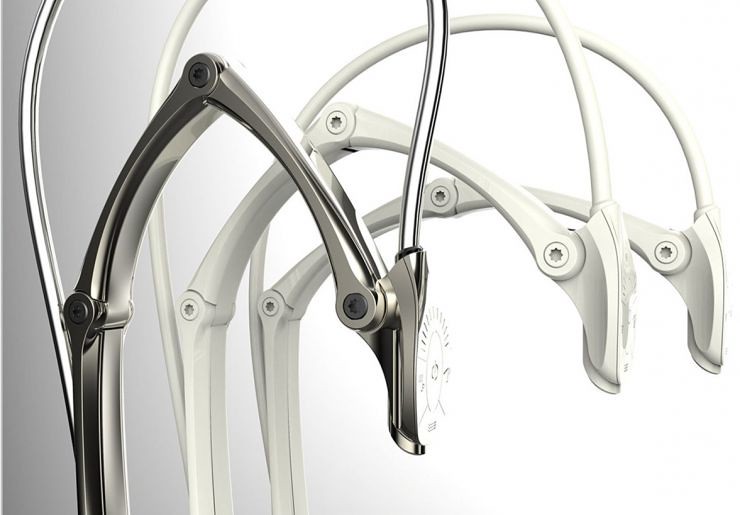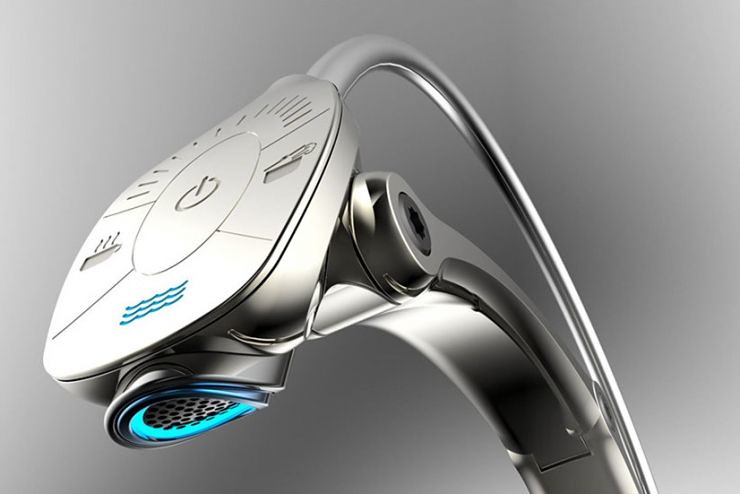
HTC Vive
By this time next year, there will be a variety of virtual reality (VR) game system available to consumers. Sony's Playstation VR had already announced in 2016 and come out in the first half, virtual reality glasses that Facebook plans to be completed by the first quarter of 2016, Valve produced jointly with the HTC Vive has promised to released in the summer of 2015. Upcoming virtual reality system is mainly for players and user needs so that this technology has a wide range of applications. These companies are interested in developing a virtual travel, training, entertainment and other applications.
Experience new enthusiastic users of virtual reality systems. Tired of countless times over the years has been declared the "next big thing" coming commentators also hugged her. But, like any other new technology, virtual reality has some potential problems. The most obvious is that it makes people a feeling of Vertigo and nausea. There are less obvious problems: the deeper causes of these symptoms come from the virtual reality system interacts with the human balance system. Balance of the Visual system is an important part of human balance system, watch the virtual scene (instead of the real scene) may cause dizziness and motion sickness feeling slightly nauseous and off balance feeling of extreme discomfort. Any user may have these symptoms, for this group of older persons should be even worse.
Keep balance in the excitement
The illusion of VR exist simply create a virtual environment, fantasy, relying on a convincing 360 degree Visual rendering and interaction with virtual worlds using a handheld controller. When it's seamless, the feeling of really being in the virtual world. However reports have repeatedly confirmed that based on feedback from experienced users actually feel uncomfortable.
Gamers once again be seen as those most likely to be early adopters of the new VR system. But once the technology rests in the hands of consumers, it will find many other uses. From the class field trip that began last year into a fun experience, students do not need to leave the classroom to "out of anywhere in the world." All kinds of vocational training in the virtual learning environment is very similar to the real working environment to upgrade their vocational skills, entertainment industry experience unlimited opportunities.
When you can "visit" any major things happen why do we need the movies on the screen in the living room? You can spend as much time to visit a Museum, and enjoy whatever you like works of art in order to explore the secrets of the Machu Picchu ruins at your own pace from home plate seats angle or baseball players lounge to watch the world series, as you like. These things you can do in the evening in your living room, the environment is so real, even if you were actually there. But it seems that each record in the new virtual reality system development was accompanied by the Vertigo and nausea. Although these symptoms look very simple, but the cause of dizziness, motion sickness is complex and has not been completely clear.
Researchers felt dizzy because of the balance system is destroyed, and nausea. In this regard, motion sickness can be seen as a warning signal, it tells us something of the reality beyond the boundaries of our balance system capability. Nausea (from mild discomfort to disabling) is a very extreme early-warning signals.
Why do so many people experience these feelings, so why should such extreme? in short, balancing is one of your important functions. Balance enables us to move and take things under the influence of gravity to maintain upright posture. Balance depends on the interaction between three sensory systems: proprioception (sensation and strength of your body parts), vestibular sensory (spatial orientation), Visual. These information systems through a complex network of feedback loops in the cerebellum and spinal cord are integrated. Under normal circumstances this system is working, and not feel. But when any part of the balance system is not quite right, we'll feel nausea and dizziness. Proprioception provides how to make different parts of the body relative to the body's centre of gravity provide the basis for coordination of information balance. Joint receptors, muscle and skin tell you support the substance of the body and the body's Center of gravity is located. For example, if you are standing on the hardwood floor body leaning forward, your toes, ankle, heel of the receptor will provide important information: your weight is supported by the feet; you stand on a hard surface; your body's Center of gravity has moved forward. The vestibular system of the inner ear and provided information on the movement of the head (including linear and Rotary), as well as its location. Through a series of reflex action enable people to maintain balance. For example, when your head moves, vestibuloocular reflex makes your eyes focus on a goal. Without this focus, people will often spin dizzy in the head.
Another example is the vestibular spinal reflex. Your feet close your eyes stood, if you focus on your feet, feel your weight by cleverly transferred after visiting, moving from side to side slowly. These small movements are called swing. When you shake it not too big that fall because of vestibular spinal reflex foot and ankle proprioception information to counteract the sway amplitude. It by adjusting the leg and trunk muscles of the body's Center of gravity back between your two feet. Swing range will increase as they grow older, which is increasing the likelihood of older man lost his balance to many factors.
Through the Visual information to the brain perceived by the vestibular and proprioceptive systems to provide information. If necessary, it will dominate the body to make movements to prevent loss of balance. For example, when we see a down stairs, balancing system based on the stairs need to adjust our gait and physical point of view. Visual, vestibular and proprioceptive information combined will make us get down the stairs without falling over. (If you ever down the stairs when you experienced it will well understand the importance of this matter: do you think that is the last step of the stairs, when you move only to find that the original place where not as much as you want. )
Vision is an important function. When ontology and vestibular information are insufficient or conflicting Visual information can be used to solve the problem and keep the body balanced. Any challenging balance tasks, such as standing on one foot, eyes closed cases will be more difficult. The three systems of any damage you can cause dizziness, motion sickness or loss of balance. VR typically has no direct effect on the body or the vestibular system, it only affects vision. Replace real-world virtual landscape will cause pressure to the balancing system, which will cause problems.
When virtual reality experience to achieve the desired effect, Visual input of the virtual world and the real world of vestibular and proprioceptive input and phase coherence, users will have a great experience and are in good health.
When Visual input entered into conflict with the other two systems, with the result that we've discussed above: dizziness, nausea, and loss of balance. In many cases, the virtual reality extent balance the damage was mild and insignificant. However, it sometimes reached serious levels, severe enough to lead to stumble and fall, the problem of elderly people may be more serious.
Virtual reality will affect the balance because it provides visual information are not reliable indicators of the actual conditions of the body affected by gravity. When the body is affected by Visual information adjustment body balance, will be out of balance. We now recall the previously mentioned examples of stairs. When you walked down the stairs, trying to lean body, make the shift. Suppose you are virtual worlds quickly down the stairs and was just standing in the real world. You may be starting to lean back because the Visual tells you, you have to go downstairs.
If the virtual experience is perfect enough, then it can correct your proprioceptive information to tell you you're at rest. Backward tilt of the information provided by the vestibular spinal reflex is not correct, you may stumble and fall.
Unnecessary Visual information in this virtual world of postural changes may also cause people to lose balance. VirZoom recent E3 show in Las Vegas is a good example. VirZoom is a system that is for users to ride a stationary bicycle through a virtual channel. Excited after many people try to VirZoom and found it very stimulating.

They also felt the danger. When passing the intersection cyclists tend to turning movements. During the presentation, Visual input and vestibular and proprioceptive inputs different, which makes users tend to follow the path to the virtual corner, cause they lost balance on the stationary bike.
Older people stop X-DORIA iWatch cover
Concerns about virtual reality may affect the balance of elderly users seems to be inappropriate. After all, older people usually slow in new technology. A recent survey showed that among the over 65 age group, only 14% people interested in attempting to VR. So why should we care about the elderly users? Because after the commercialization of virtual reality may be covering a wide range of fields, this technology might appeal to everyone – regardless of age. In addition, the new virtual reality system is designed for players, and the players, without exception, will grow old. Electronic Software Association 2015 annual report noted that the average age of gamers is 35 years old. Women most often play the game average age is 43 years old; United States 27% of players aged 50 and above. 50 age group the proportion of players is greater than 18 years of age groups.
According to the United States Census Bureau forecasts these figures may increase, suggesting that United States proportion of population over the age of 65 will increase year by year, until 2037. By then, the proportion of this age group will stabilize between 20 and 21 percent until 2050.
In General, older people than younger people are more likely to lose balance, because balancing requires the use of the nerves and muscles will grow and shrink with age. In addition, diabetes also causes the nerve cell loss.
Studies have shown that vestibular neurons began to decline when the number was about 55 years old. The peripheral nervous system (source of proprioception) of certain structures of nerve density in people more than 40 years began to decline. In the test of balance performance of more than 40 groups also are starting to suffer. While the United States the average age of players close to the age of these drop began.
While we cannot fully understand why people as we get older lose balance easier, but we know enough to get us a good understanding of elderly users respond to virtual reality.
Laboratory and clinical studies show that age-related loss of nerve function from distal to proximal limbs--from the limbs to the Center (the hips and torso). This leads to balance when standing, because as a neural component body system of foot and ankle function began to deteriorate in the first. Dynamic posturography using computer technology to do a study shows that older people often rely on increased Visual input to make up for the loss of proprioceptive information. Anyone with normal vision, balance is not difficult. Usually only when elderly proprioception and balance problem would only occur when the visual impaired.
Even if the users normal Visual function, Visual input of virtual reality may also affect the balance--vision provided may not be a true and reliable environmental information. When the older VR user experience, and he can cover his body facing the loss of feeling down risk of Visual input. Results is easier for him to lose balance.
Due to age-related neurological damage, human body unconsciously affected by vestibular spinal reflex make bad adjustments, so older people are more likely to shake. Because of declining proprioception, older people tend to rely on vision correction to mill around. Transverse swinging of the virtual reality system did not accurately convey the information, older users may prefer from side to side.
Older users are not only in the VR experience are more likely to experience balance problems, normal aging process makes them balance the system once damaged are unlikely to recover. Age-induced neural and muscular atrophy decreases the reaction rate of the elderly, making it lose balance in the elderly requires more time to respond.
If older users under attack: in the process they are more likely to experience virtual reality out of balance, is more difficult to lose balance, quick adjustment. For the players, however, older users like a start to play then you select a higher difficulty.
Finding the balance
While watching the virtual landscape instead of real landscapes are likely to after the age of 40 who have a greater impact, virtual reality systems impacts on human balance system is universal. What measures can be taken to reduce the possibility of falling?
The most obvious solution is to sit in your seat experience virtual reality. Sitting in the Chair almost all environment fall on the probabilities are much smaller than the stand. This may be particularly suitable for older gamers, because of declining neurological function of distal to the Center mean proprioception information from hip feel than the foot and ankle nerves impaired information may be relatively normal feeling.
While sitting in the Chair works, but in the sense of immersion in virtual reality may be significantly reduced. HTC Vive is designed to move freely in 15 square feet of space to experience the system. United States Science and technology media website editor Kyle Orlando experienced the game for all major VR system, his response and many other critics of the Vive: the virtual reality system than other systems that are designed to sit and play more interesting.
Even if you use the virtual reality system is designed for sitting and design, you may find keeping sitting is also difficult. When you watch the video user experience virtual reality and you will find that they sometimes standing, walking, sometimes even Dodge, and waving their arms, from the observer point of view it is stupid, but for the player he is undergoing the perfect virtual world. Game exists in the virtual reality world of feeling is so strong that made it hard for players to stationary.
How to get a sense of it? a rotating Chair to solve this problem, it can help users maintain exposure at the VR to create 360-degree sense of the Visual world. Arm-chair is a good idea, because the arm can prevent users tilt or lean over when falling from the Chair.
But if you need to stand up, please stand on hard surfaces such as tile or hardwood floors, rather than soft surfaces such as shag carpet. If avoided walking on the carpet, try to ensure that it is not filled with a thin carpet. Soft surface will reduce the proprioception at the ankle for the accuracy of the information, making it more difficult to keep balance. (Walking in soft sand is an extreme example. ) For elderly users, stand on a hard surface is especially important.
There are many clinical studies have shown that people of all ages through a number of standard test can improve their balance systems. Study results showed that practices can reduce the chances of out of balance, the find could also apply to virtual reality. But it is also not clear balance improvements in virtual environments is still applicable in the different environments-that is, each environment requires it's practice time. This is similar to, and experienced players will need some initial training to become familiar with a new controller configurations.
Finally, the simplest solution may be playing with people in the real world – playing with friends meant that once you start to lose balance, your friends can always help you. You can turn off the device with your partner, take turns wandering around in the virtual world, and to share this amazing experience with family and friends.
Similarly, virtual reality will be challenged every uses its balance system. For some people, the impact of VR is minimal, but for other people, it cannot be ignored, and most likely to be somewhere between the two extremes. In particular, we refer to VR could lead to pressure on human balance system, not to intimidate people, on the contrary we are encouraging people to be prepared to deal with problems that may occur in use. Even for elderly elderly users of VR is complicated, but the potential applications of the platform is so extensive, and people of any age to try.
via arstechnica

143 votes
Oculus Rift DK2 virtual glasses
Oculus Rift Development Kit 2 (DK2) compared to prior generation performance and specifications on further upgrades, one of the most significant changes is the screen. Provides screen resolution of 1280*800 at the beginning, but the DK2 1080P Samsung OLED Panel is mounted. DK2 low delay OLED display. iWatch bumpframe
View details of the voting >>
























